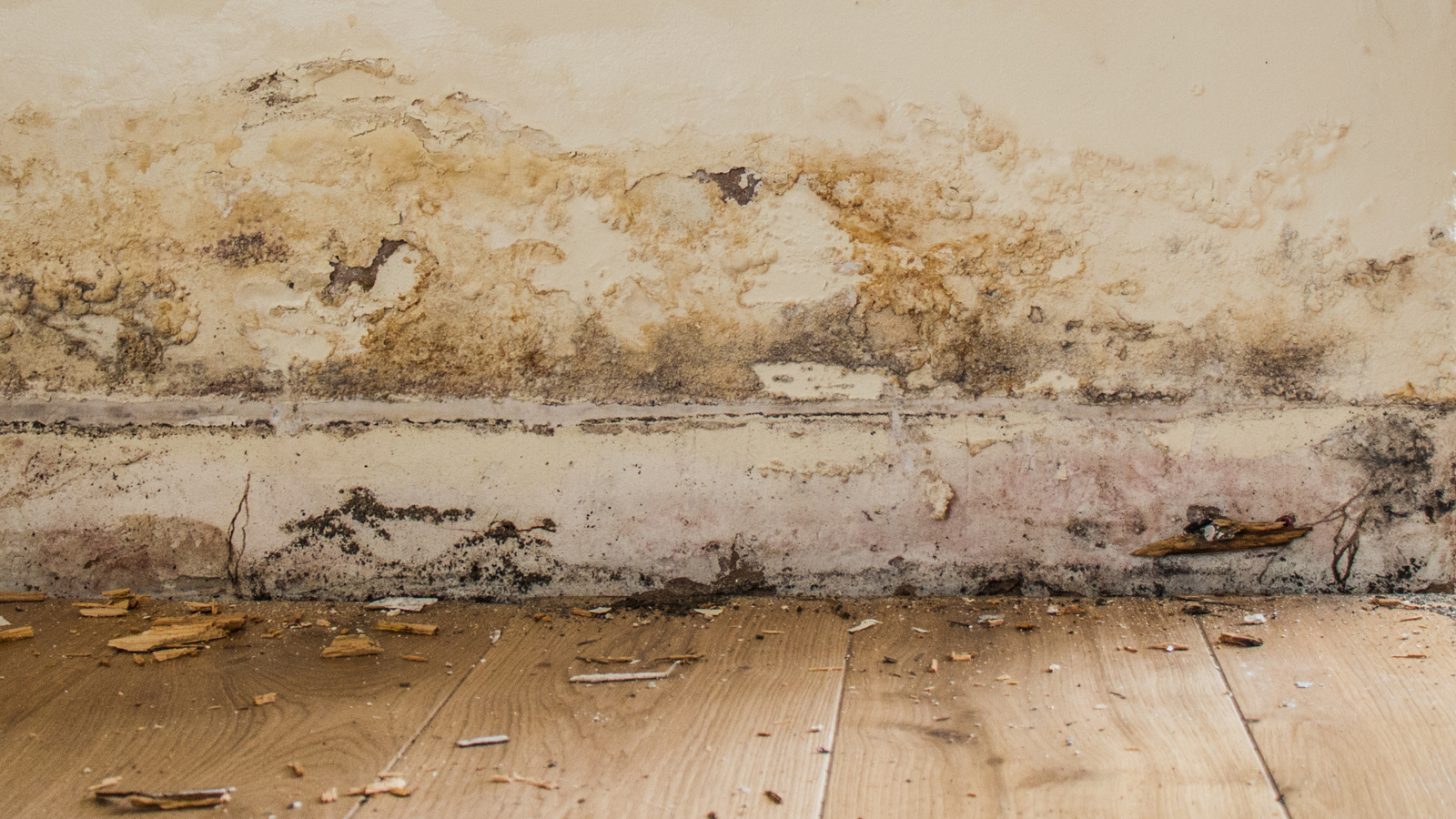Professional’s Guide to Comprehensive Building Inspections

The properties you represent are thoroughly inspected, which is crucial for protecting your client’s interests and maintaining your reputation. A comprehensive building inspection uncovers hidden issues, assesses the condition of various components, and provides valuable insights that inform the decision-making process. It involves a methodical examination of the property’s structure, systems, and components to identify potential defects, safety hazards, and areas that require attention or repair.
- Structural elements (foundation, framing, roof)
- Exterior components (siding, windows, doors, trim)
- Interior finishes (walls, ceilings, floors)
- Plumbing system (supply lines, drainage, fixtures)
- Electrical system (service panel, wiring, outlets)
- Heating, ventilation, and air conditioning (HVAC) system
- Insulation and ventilation
- Appliances and built-in components
- Site drainage and grading
- Environmental concerns (mold, asbestos, lead-based paint)
Selecting a qualified building inspector
- Relevant certifications or licenses– Many states require building inspectors to hold specific certifications or licenses, such as those issued by organizations like the International Association of Certified Home Inspectors (InterNACHI) or the American Society of Home Inspectors (ASHI).
- Extensive experience- Seasoned inspectors with years of hands-on experience are better equipped to identify and evaluate potential issues across various property types and construction styles useful reference for building inspections in Sydney.
- Familiarity with local building codes and regulations– Building codes can vary by location, and an inspector well-versed in the specific codes applicable to the property’s area is essential.
Preparing for the inspection
To ensure a smooth and productive inspection process, proper preparation is key.
- Schedule the inspection well in advance to accommodate the inspector’s availability and allow sufficient time for a thorough assessment.
- Provide the inspector with relevant property details, such as age, square footage, and any known issues or renovations.
- Ensure that all areas of the property are accessible, including attics, crawlspaces, and utility rooms.
- Clear clutter or obstructions that may impede the inspector’s ability to assess certain areas or components.
Inspection report
After the inspection is complete, the inspector will provide a detailed report documenting their findings.
- A summary of the property’s overall condition and any significant issues or safety concerns identified.
- Detailed descriptions and photographs of defects, areas requiring repair or maintenance, and potential safety hazards.
- Recommendations for addressing identified issues, including suggestions for further evaluation or specialized inspections (e.g., structural engineer, electrician) when necessary.
It’s crucial to thoroughly review the inspection report and discuss any concerns or uncertainties with the inspector. Their insights advise your clients on the property’s condition and potential risks or liabilities.
Follow-up actions and negotiations
Armed with the inspection report, you better guide your clients through the decision-making process.
- Addressing identified issues-Depending on the severity and nature of the issues found, clients may choose to request repairs or negotiate a price adjustment.
- Obtaining additional inspections– In some cases, further evaluation by specialized professionals (e.g., roofers, electricians, structural engineers) may be recommended to assess specific concerns in greater depth.
- Renegotiating or terminating the transaction– If significant defects or safety hazards are discovered, clients may opt to renegotiate the terms of the sale or, in extreme cases, terminate the transaction altogether.
Even after a successful transaction, emphasize the importance of regular maintenance and periodic inspections to your clients. Proactive care extends the lifespan of various systems and components, identifies potential issues early, and ensures the continued safety and value of the property.










